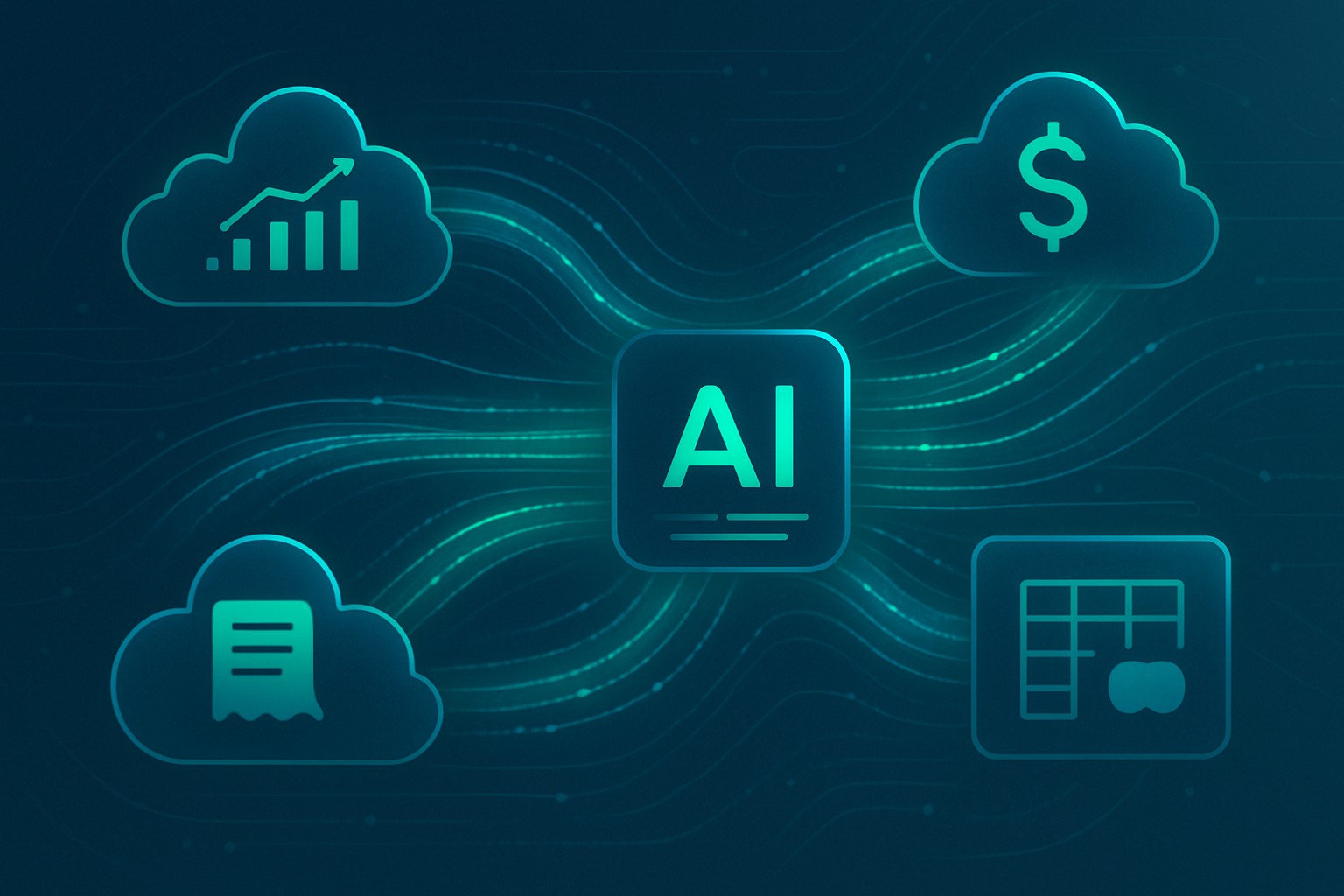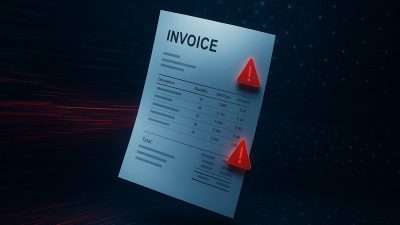In today’s fast-paced business environment, the traditional methods of financial reconciliation are proving to be increasingly inadequate. The manual processes, often reliant on spreadsheets and outdated systems, are not only time-consuming but also prone to errors and delays. These inefficiencies can lead to significant financial risks, including missed opportunities, inaccurate reporting, and even regulatory compliance issues. Fortunately, the convergence of artificial intelligence (AI) and cloud-based software is ushering in a new era of real-time reconciliation, offering businesses a more efficient, accurate, and secure way to manage their financial data.
The Challenges of Traditional Reconciliation
Traditional reconciliation processes typically involve comparing data from different sources, such as bank statements, general ledgers, and subsidiary systems. This process is often manual, requiring significant human effort to identify discrepancies and resolve them. The inherent limitations of manual reconciliation include:
- Time-Consuming: Manually reconciling data can take days or even weeks, delaying financial reporting and decision-making.
- Error-Prone: Human error is inevitable, especially when dealing with large volumes of data. These errors can lead to inaccurate financial statements and flawed business strategies.
- Lack of Visibility: Traditional reconciliation processes often lack real-time visibility into financial data, making it difficult to identify and address potential issues promptly.
- Scalability Issues: As businesses grow, the volume of financial data increases exponentially, making it increasingly difficult to manage reconciliation manually.
- Security Risks: Relying on spreadsheets and paper-based documents for reconciliation can expose sensitive financial data to security risks.
The Rise of Real-Time Reconciliation
Real-time reconciliation leverages the power of AI and cloud computing to automate and streamline the reconciliation process. AI algorithms can automatically match transactions, identify discrepancies, and even predict potential reconciliation issues. Cloud-based software provides a centralized platform for managing financial data, enabling real-time visibility and collaboration.
Key Benefits of Real-Time Reconciliation
Implementing real-time reconciliation offers a multitude of benefits for businesses of all sizes:
- Improved Accuracy: AI-powered reconciliation significantly reduces the risk of human error, leading to more accurate financial data and reliable reporting.
- Increased Efficiency: Automation streamlines the reconciliation process, freeing up finance professionals to focus on more strategic tasks.
- Enhanced Visibility: Real-time dashboards provide instant access to financial data, enabling businesses to identify and address potential issues proactively.
- Reduced Costs: By automating reconciliation and reducing errors, businesses can significantly reduce their reconciliation costs.
- Improved Compliance: Real-time reconciliation helps businesses comply with regulatory requirements by providing a clear and auditable trail of financial transactions.
- Enhanced Security: Cloud-based platforms offer robust security features, protecting sensitive financial data from unauthorized access and cyber threats.
How AI and Cloud Software Enable Real-Time Reconciliation
The combination of AI and cloud software is transforming the reconciliation process in several key ways:
- Automated Matching: AI algorithms can automatically match transactions from different sources, even if the data is not perfectly aligned. This eliminates the need for manual matching, saving significant time and effort.
- Anomaly Detection: AI can identify unusual patterns and anomalies in financial data, alerting finance professionals to potential errors or fraudulent activities.
- Predictive Analytics: AI can predict potential reconciliation issues based on historical data, enabling businesses to take proactive measures to prevent them.
- Centralized Data Management: Cloud-based software provides a centralized platform for managing financial data, ensuring that all stakeholders have access to the same information.
- Real-Time Collaboration: Cloud-based platforms enable real-time collaboration among finance professionals, streamlining the reconciliation process and improving communication.
Choosing the Right Solution
Selecting the right real-time reconciliation solution is crucial for maximizing its benefits. Businesses should consider the following factors when evaluating potential solutions:
- Integration Capabilities: The solution should integrate seamlessly with existing accounting systems and other financial applications.
- Scalability: The solution should be able to handle the growing volume of financial data as the business expands.
- Security: The solution should offer robust security features to protect sensitive financial data.
- User-Friendliness: The solution should be easy to use and require minimal training.
- Vendor Reputation: Choose a reputable vendor with a proven track record of providing reliable and secure solutions.
The Future of Reconciliation
Real-time reconciliation is poised to become the standard for financial management in the coming years. As AI and cloud technologies continue to evolve, we can expect even more sophisticated and efficient reconciliation solutions to emerge. These advancements will further streamline the reconciliation process, reduce costs, and improve the accuracy of financial data. Businesses that embrace real-time reconciliation will be well-positioned to thrive in the increasingly competitive global marketplace. The move to cloud-based accounting and reconciliation tools is no longer a luxury, but a necessity for businesses seeking to optimize their financial operations.
Furthermore, the integration of machine learning (ML) within AI-driven reconciliation platforms will allow for continuous improvement in anomaly detection and predictive accuracy. This means that systems will learn from past reconciliation cycles to better identify potential issues, leading to even more proactive and efficient financial management. This proactive approach is particularly valuable in industries with complex financial landscapes, such as banking, insurance, and e-commerce.
Finally, the increasing adoption of APIs (Application Programming Interfaces) will facilitate seamless data exchange between different financial systems and reconciliation platforms. This interoperability will further enhance the efficiency of real-time reconciliation by eliminating data silos and ensuring that all relevant information is readily available when needed. The future of reconciliation is undoubtedly one of automation, integration, and continuous learning, driven by the power of AI and cloud technology








